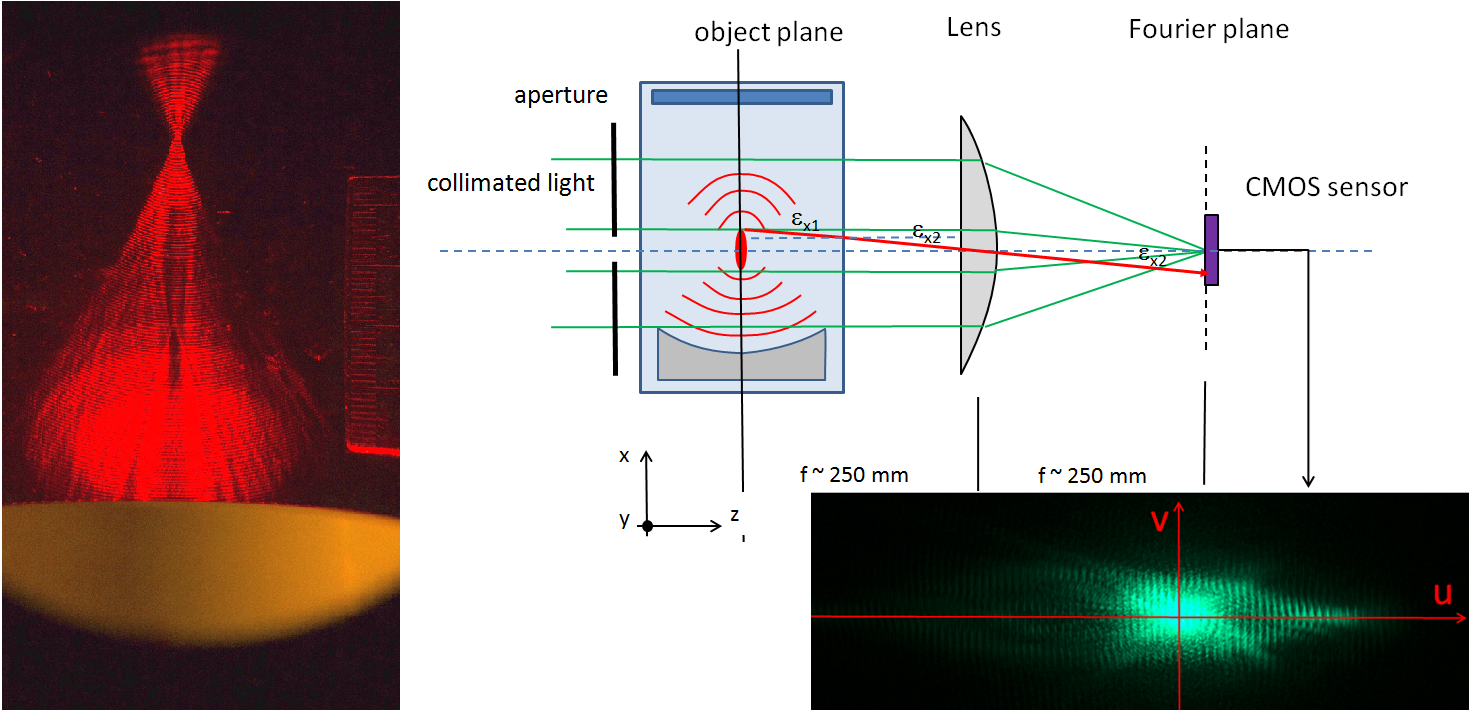Aug 2, 2022
Fast and Reliable Optical Calibration of High-Power Ultrasound Transducers
Physical Sciences, Measurement Technology
- Fast and reliable measurements of high acoustic powers
- Covering both diagnostic and therapeutic intensities
- Simple and robust setup calibration and results analysis
Your contact
Dr. Sindre W. Haugland
- E-Mail:
- shaugland@baypat.de
- Phone:
- +49 (0) 89 5480177 - 17
- Reference Number:
- B80181
Factsheet
Download Tech Offer (PDF)Challenge
Ultrasound technology is widely applied in research and industry. In medicine, it is used both for imaging and – at far higher intensities – therapeutically in a non-invasive and targeted manner, for example when treating tumors. In all of these applications, it is important to know the acoustic power of the ultrasonic transducer in order to use it safely and effectively. However, due to aging of the device, this requires regular recalibration. The effects of transient transducer output variations due to internal heating or water temperature rise also tend to be overlooked.
Radiation force balances and hydrophones currently used for calibration are all relatively slow. Moreover, the precision of radiation force balances is limited, e.g. due to water turbulence and absorber buoyancy increase with rising temperatures. Meanwhile, hydrophones are easily destroyed at high acoustic powers. Schlieren-optical methods have hitherto been hampered by rather cumbersome evaluation of non-linear diffraction patterns and thus are limited to small intensities. In practice, clinicians often rely on expensive MRT temperature monitoring of the effect of ultrasonic treatment or on factory calibration and conventional quality assurance means.
Innovation
A novel optical calibration method from the Nuremberg Institute of Technology addresses all these previous shortcomings. By measuring the change in the refractive index of water in the acoustic focus of a transducer, it circumvents the problems faced by previous diffraction-based optical methods and works reliably even at high acoustic powers and in non-linear fields. Compared to radiation force balance and hydrophone measurements, the method is much faster, with sub-millisecond resolution achievable. Thus, it can also quantify transient processes, such as the significant effects of piezo-composite heating or cavitation onset.
Commercial Opportunities
- Fast and reliable measurements of currently hard-to-measure high acoustic powers
- Covering both diagnostic and therapeutic intensities
- Simple and robust setup calibration and results analysis
- Resulting prospect of new users and overall market growth
Development Status
A prototype is available and works reliably under various test conditions.
References
-
1
Patent Publication Number WO/2022/214403


